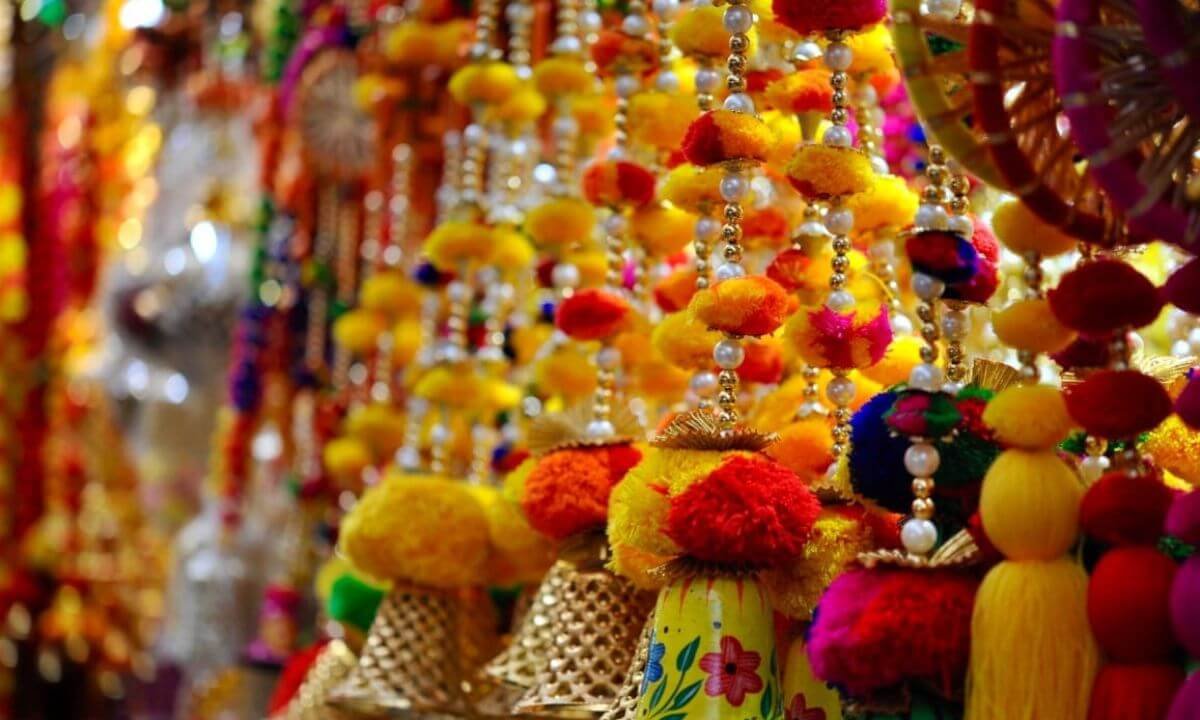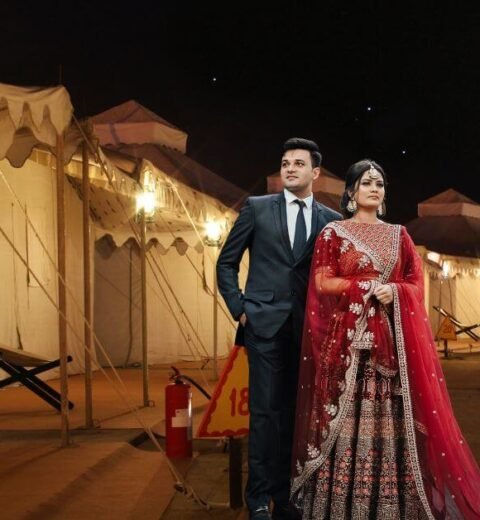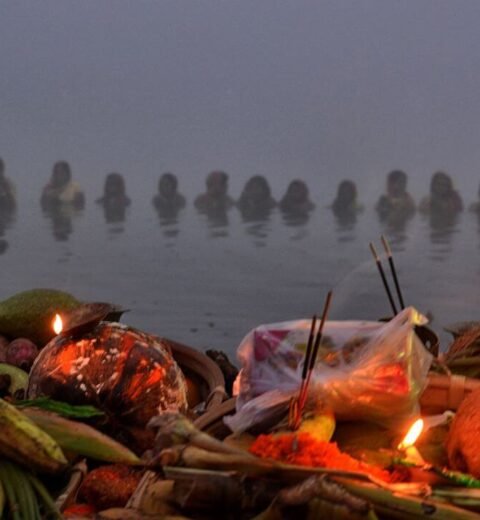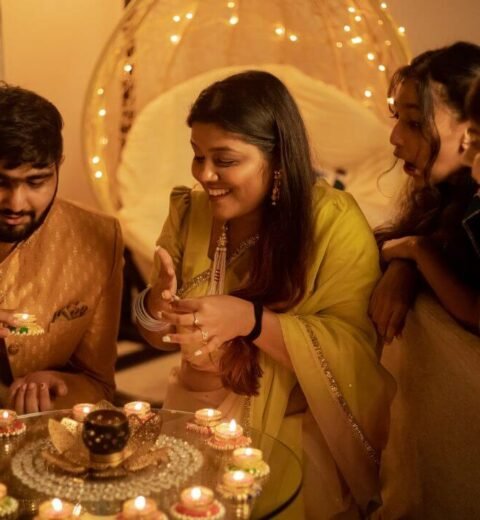Capturing Delhi’s Festive Glow
When Diwali lights up Delhi, every street, shop, and market transforms into a glowing spectacle of colour and emotion. The city becomes a paradise for photographers chasing that perfect festive frame. From the narrow alleys of Old Delhi to the broad arcades of Connaught Place, Diwali market photography offers endless opportunities to capture light, joy, and togetherness.
Delhi is one of the few cities in India where tradition meets urban creativity during Diwali. You will find everything from centuries-old bazaars selling clay diyas to boutique markets adorned with fairy lights. Whether you shoot with a DSLR, mirrorless camera, or smartphone, the capital’s festive energy guarantees visually stunning results.
1. Chandni Chowk – Tradition in Every Frame
The soul of Old Delhi, Chandni Chowk, becomes a dazzling maze of lights, people, and celebration during Diwali. Every turn reveals a new scene with golden lamps hanging from shops, vendors arranging flower garlands, and families shopping for festive sweets.
Photography Ideas
- Capture contrasts between old architecture and modern LED lights.
- Use leading lines of the narrow lanes to create depth.
- Focus on people’s interactions such as bargaining, laughter, and excitement.
The chaotic movement of rickshaws and crowds adds authenticity to your shots. Try slower shutter speeds to create motion blur while keeping one subject sharp.
Best Shooting Time: Early evening when the first wave of lights comes on but the sky still holds a hint of blue.
2. Dilli Haat – Craft and Colour in One Place
A blend of culture and creativity, Dilli Haat is a favourite for photographers who appreciate handmade art. Each stall represents a different state of India, filled with hand-painted diyas, embroidered wall hangings, and clay idols.
What to Capture
- Craftsmanship in progress with artisans arranging their products.
- Colourful rangoli patterns around the entrances.
- Portraits of shopkeepers in traditional attire.
The organised layout and open spaces make it easier to compose balanced frames. You can also use a prime lens for detailed close-ups of intricate designs.
Bonus Tip: Visit just before sunset when warm light enhances the earthy tones of the crafts.
3. Lajpat Nagar – The Festive Fashion Hub
Lajpat Nagar Market is where style meets celebration. Every boutique and roadside vendor decorates their shopfront with shimmering fairy lights, mannequins in vibrant saris, and floral arrangements.
This area is perfect for capturing candid street portraits, reflections in shop windows, and shots of bustling shoppers carrying colourful bags. You will also find vendors selling home décor and Diwali gift items that make excellent still-life subjects.
Pro Tip: If you are photographing people, use a 50mm lens to maintain natural distance and preserve candid expressions. Engage politely and share your shots if they show interest, as it often leads to warmer and more genuine portraits.
4. Sarojini Nagar – Affordable and Alive
Sarojini Nagar comes alive like no other during the festival season. Strings of lights hang above crowded lanes, stalls overflow with inexpensive clothing, and the sound of laughter fills the air. For photographers, this market offers the perfect mix of chaos and beauty.
Photography Suggestions
- Use motion blur to capture the movement of the shoppers.
- Focus on the glow of string lights for an atmospheric background.
- Experiment with reflections in car mirrors or puddles for artistic effects.
The market truly represents Delhi’s youthful and energetic side during Diwali.
5. Connaught Place – Elegant and Illuminated
Connaught Place (CP) stands as Delhi’s heart and an architectural icon. During Diwali, its colonial buildings turn into glowing rings of white and gold light. Each shopfront competes with creative window displays, adding glamour to the festive mood.
The contrast between structured architecture and soft lighting makes CP a top location for Diwali market photography. Long-exposure shots of traffic moving around the inner circle can create beautiful light trails that tell the story of a modern city celebrating an ancient festival.
Technical Tip:
Use ISO 400–800 with a tripod for sharp, well-exposed images at night. If using a smartphone, switch to Night Mode and keep your hand steady against a pole or railing.
6. Sadar Bazaar – The Wholesale Wonderland
Located near Old Delhi, Sadar Bazaar is where most of Delhi shops for Diwali décor. Every inch of the market glitters with lanterns, diyas, electric lights, and idols of deities. It is a visual overload, perfect for photographers who love texture and repetition.
Capture the rows of items that form colourful patterns. Focus on the little details such as stacks of oil lamps, mirrors reflecting glowing bulbs, or piles of marigold garlands.
Because the market can get crowded, keep your gear light and secure. A fast prime lens (f/1.8 or wider) helps shoot even in dim corners without flash.
7. Khan Market – Classy and Contemporary
For a sophisticated twist to your festive photography, head to Khan Market. Boutique stores and cafés celebrate Diwali with minimal yet elegant décor. You can find candle-lit window displays, floral wreaths, and artistic light fixtures.
Photography Ideas
- Capture minimalism and symmetry.
- Try reflection photography through glass façades.
- Document contrasts between traditional candles and modern interiors.
This is also an excellent place for night portraits with bokeh effects in the background.
8. Janpath Market – Souvenir Heaven
Janpath Market is known for Rajasthani crafts, jute bags, and tribal jewellery. During Diwali, it transforms into a radiant bazaar full of festive charm.
Capture close-ups of mirror-work fabrics, people trying out bangles, or colourful paper lanterns swaying in the breeze. The crowd here is lively but manageable, allowing you to compose shots patiently.
Bonus Tip: Visit between 5 PM and 7 PM when shop lights complement the natural glow of dusk, perfect for capturing balanced tones.
9. Mehrauli and Hauz Khas Village – The Artistic Corners
For those who prefer a creative, modern take on Diwali market photography, head to Hauz Khas Village or Mehrauli. These neighbourhoods feature art galleries, fusion cafés, and designer boutiques with stunning festive setups.
Photographers can experiment with abstract compositions, bokeh lights, and reflections in glass windows. You will also find beautiful street murals that make unique backdrops for night portraits.
10. INA Market – Lights, Food, and More
INA Market offers a mix of lighting, colours, and aromas. From imported fairy lights to fresh flowers and festive snacks, it is a vibrant place for storytelling through photography. The market’s sensory overload translates beautifully on camera.
Take food shots of mithai shops, macro photos of sweets like kaju katli or laddoos, and candid portraits of vendors arranging trays of dry fruits.
Lighting and Camera Settings for Diwali Market Photography
- Golden Hour (4:30 PM to 6:00 PM): Best for natural tones and warm glow.
- Blue Hour (6:00 PM to 6:45 PM): Combine ambient daylight with artificial lights.
- Night (After 7 PM): Ideal for long exposures and neon light effects.
Recommended Camera Settings:
- Aperture: f/2.8 to f/4 for soft background blur
- ISO: 400 to 800 (or 1600 for darker areas)
- Shutter Speed: 1/60 to 1/125 sec for handheld shots, slower with tripod
- White Balance: Set to Tungsten for warm lighting correction
If using a phone, enable RAW mode and Night Mode for higher-quality images.
Post-Processing Tips for Festival Photography
Editing plays a major role in Diwali market photography. After the shoot, fine-tune your images for better results:
- Enhance Highlights: Boost contrast to emphasise light sources.
- Reduce Noise: Apply gentle noise reduction for low-light shots.
- Warm Tone Adjustment: Increase temperature slightly for festive warmth.
- Selective Focus: Use radial blur or masking to draw attention to subjects like diyas or lanterns.
Editing apps such as Lightroom Mobile, Snapseed, or VSCO can make your shots look professional without losing authenticity.
Safety and Cultural Etiquette Tips
- Always ask before photographing shopkeepers or families.
- Avoid blocking shop entrances while shooting.
- Keep your gear close; Delhi markets can get crowded.
- Respect puja moments and religious rituals.
- Carry a small backpack and water bottle since you will be walking a lot.
Being respectful and interactive often leads to genuine smiles and beautiful portraits.
Plan Your Ideal Diwali Photography Trail
If you want to experience the full range of Delhi’s festive vibe, plan a route covering different market styles:
- Start: Dilli Haat for crafts and daylight shots.
- Mid-evening: Chandni Chowk for classic Diwali scenes.
- Night: Connaught Place for light trails and architecture.
- Late Night: Khan Market or Hauz Khas for modern festival captures.
This route helps you document Delhi’s Diwali story from traditional to contemporary in a single evening.
Exploring More Photography Ideas Around Delhi
Once you have explored these street markets, you can take your photography beyond the festive season. The capital offers several creative backdrops that look magical both day and night. Couples and portrait photographers often choose Delhi for themed shoots because of its mix of heritage and modernity. For more inspiration, visit Pre-Wedding Photoshoot in Delhi to discover other picturesque locations that look just as stunning on camera.
Conclusion – Where Every Light Tells a Story
Diwali in Delhi is a photographer’s celebration of light, life, and love. Every flickering diya, smiling vendor, and sparkling lane tells a story worth framing. Whether you are documenting the cultural beauty of Chandni Chowk or the polished charm of Connaught Place, the city never fails to inspire.
Delhi’s Diwali is not just an event; it is a feeling. And with your camera in hand, you will leave not just with photos but with stories that glow long after the lights fade.




